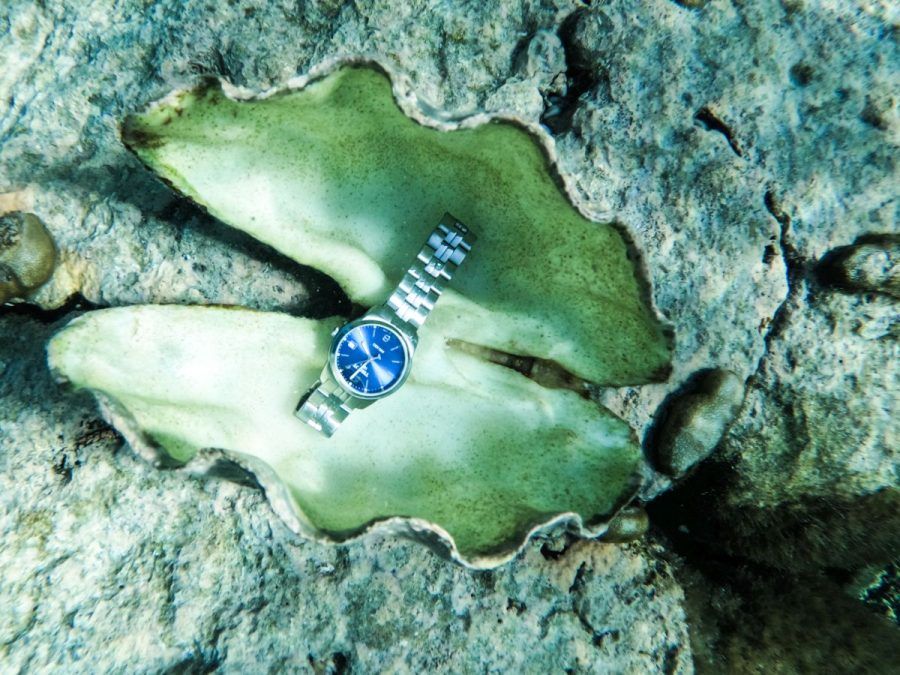What is the Electrical Outlet in Fiji?
Practical Advice from Our Personal Experiences
Out of the list of things to check before going to a new country, electricity and what power adapter to use is essential! Will you be able to charge your phone in Fiji? Can you safely charge devices off the mains in Fiji?
What most travellers need to know is that Fiji uses an electrical current of 240 volts 50 Hz and accepts Type I (i) plugs, so if your appliances don’t fit the electrical outlets and/or require a different voltage or frequency, then you’re going to need a travel adapter and maybe even a convertor. Makes sense? If not, this in-depth guide on the electrical outlet in Fiji will make it so.
Just a quick note: our tips come from travel writers who’ve visited Fiji, not from AI or copied sources. Scroll down to learn more about our team and our genuine travel experiences.
Table of Contents
5 Things to Need to Know About Electricity in Fiji
If you only have a minute, here’s what you need to know about plugging in and powering up during your island getaway:
- Fiji has Type I power plugs with 240 V AC 50 Hz – see Fiji travel adapters here.
- If you’re coming from New Zealand or Australia (where most visitors to Fiji are from), you will not need a travel adapter.
- Some off-the-grid resorts may have limited power, so you may not be able to use more powerful appliances like hair dryers.
- Some off-the-grid resorts that use generators may have operational hours for electricity, usually from the evening to the morning.
- Don’t rely on USB outlets to charge your devices; they rarely exist in Fiji.
Now, let’s dive into the nitty-gritty of Fiji’s power plugs and electricity situation to ensure you’re fully prepared for your island adventure.

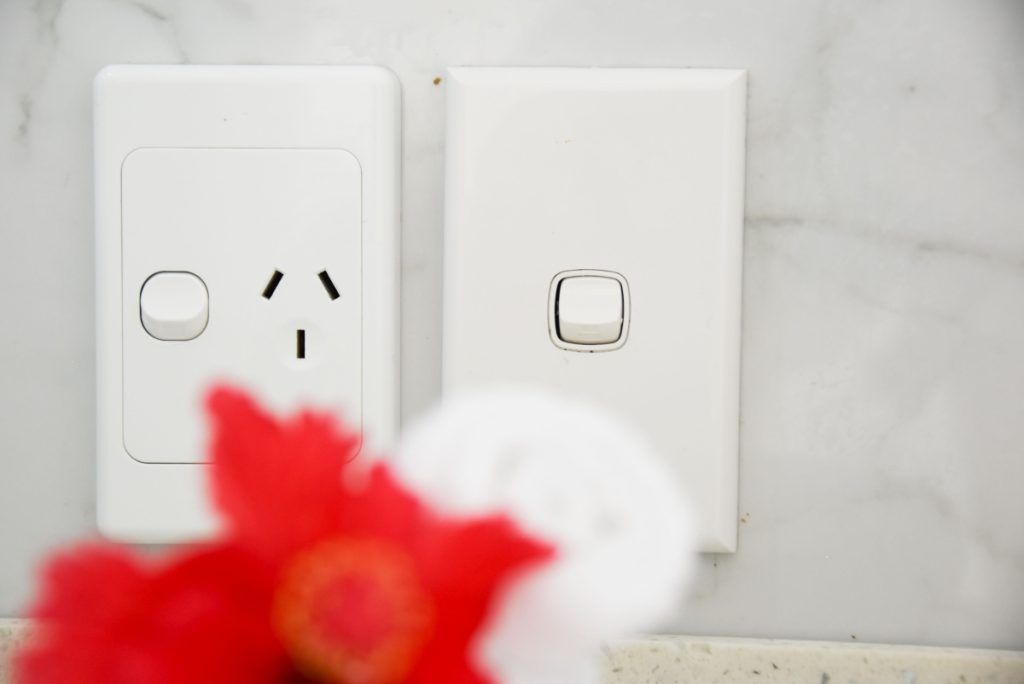 © FijiPocketGuide.com
© FijiPocketGuide.comWhat is the Plug Type for Fiji?
The power plugs and sockets in Fiji are of Type I. This is a three-pronged plug with one vertical prong and two slanting prongs. Some electrical appliances plugging into a Type I sock only have two slanting prongs.
Other Countries That Use Type I Plugs
The Type I (i) power plug/socket is the type of power plus found in the following locations:
| 🌍 Africa | 🌎 Americas | 🌏 Asia | 🌴 Oceania |
|---|---|---|---|
| Tajikistan, Uzbekistan | Argentina, Saint Vincent and the Grenadines, Uruguay | China, Timor-Leste | American Samoa, Cook Islands, Fiji, Kiribati, Nauru, New Zealand, Papua New Guinea, Samoa, Solomon Islands, Tonga, Tuvalu, Vanuatu |
We’ve noticed that USB plug sockets are not super popular in Fiji yet, so it’s best to rely on the Type I plug socket for connecting your electrical devices to the mains power supply.
Where to Buy a Power Adapter for Fiji
We strongly recommend that you buy a power adapter before arriving in Fiji. In our experience, power adapters take some effort to find once you arrive in Fiji.
If you forget, you can buy power adapters for Fiji at Nadi Airport, electronic stores like Bondwell in Nadi, and the electronics store upstairs at Yee’s Xpressmart in Denarau – see Information, Shops & Services in Denarau. But, as we discovered on our last trip, stock is often limited and unreliable.
Recommended Fiji Travel Adapters
- EPICKA Universal Travel Adapter (use it all over the world)
- BESTEK Travel Adapter (universal and converts voltage for US appliances)
- OREI USB-to-Fiji Travel Adapter
- Ceptics Tiny Travel Adapter (3-Pack)
- Kikkerland UL03-A Universal Travel Adapter
For more details, check 5 Best Travel Adapters for Fiji.
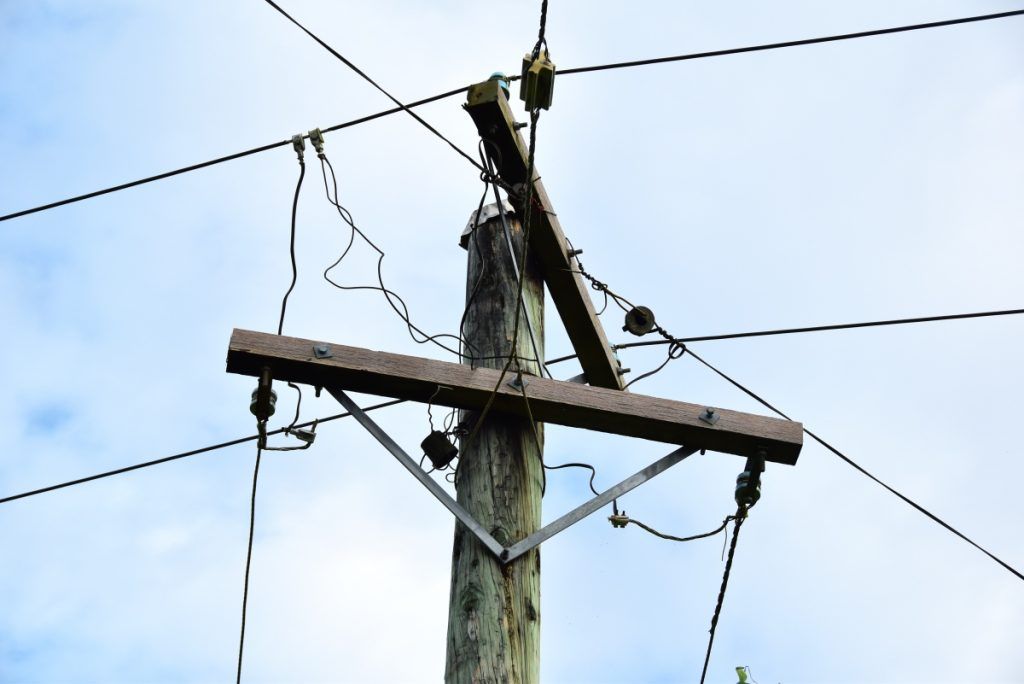 © FijiPocketGuide.com
© FijiPocketGuide.comWhat is the Voltage and Frequency in Fiji?
The electrical current in Fiji is 240 volts with 50 cycles per second. So, the main information you will need to know for using your appliances in Fiji is that the electricity in Fiji runs on 240 V 50 Hz.
You will be able to use your electrical appliances in Fiji if the voltage where your electrical items were manufactured is a country using 220-240 volts. These countries include the UK, Europe, Australia and most of Asia and Africa.
If you are from a country that has a different electrical range, such as 100-127 volts, and therefore your electrical items are manufactured to run on that system, you will need to get a converter or a transformer for using your appliances in Fiji.
Many travel adapters also have a voltage converter – check out the Amazon selection. Countries in this category include most of North and South America.
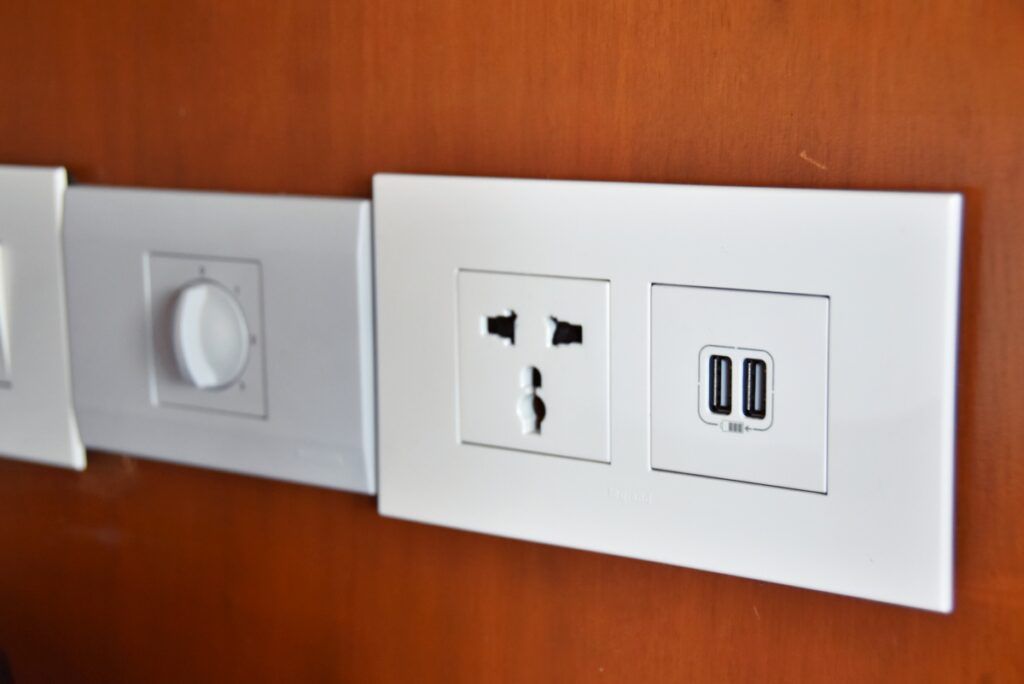 © FijiPocketGuide.com
© FijiPocketGuide.comWill My Appliances Work in Fiji?
If you’re using appliances from a country that also uses 220-240 V, then they will work in Fiji as long as they have a Type I output or you have a travel adapter. More on that later.
If coming from a country that uses 110/120 V, for example, then you should find that modern appliances, such as phones and laptops, are designed to use from 110 V to 240 V. Regardless, you should check the labels of all of the appliances that you intend to use in Fiji.
Appliances that don’t clearly state that they can be used for up to 240 V should not be used in Fiji’s electrical outlets. Otherwise, the higher voltage than required could damage your appliance (or worse). The most common types of appliances this applies to include hairdryers, electric razors and irons.
Do You Need a Convertor / Transformer for Fiji?
- If the label on your appliance states a single voltage number, such as 110 V or 120 V, you will need a travel adapter, which is also a voltage converter.
- If the label has a combined low/high number, such as 120/240 V, 100/240 V, or a voltage of 200 or higher, you don’t need a converter.
Can You Use a 60 Hz Appliance in Fiji?
Fiji uses a 50 Hz outlet. Therefore, it is not recommended to use a 60 Hz appliance, even if the voltage of your appliance is compatible with Fiji. Using the wrong frequency (which is what Hz is) can cause appliances to stop functioning properly.
Again, check your appliance label. Some appliances work on both 50 and 60 Hz.
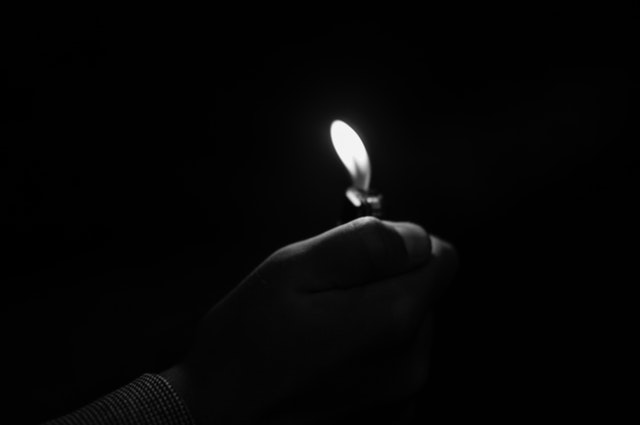 © Pexels
© PexelsDoes Fiji Experience Power Cuts?
Over several months of travel in Fiji, we have never experienced a power cut, but it can happen. The most common time for power cuts is during the wet season, when tropical storms are more frequent and can cause damage to power lines, power stations, etc.
Some more remote resorts, especially on the outer islands, use power generators, which may cut out more frequently than what’s connected to the national grid. Nevertheless, electrical problems can be solved quickly, so not having access to electricity shouldn’t be a factor to worry about when booking your trip to Fiji.
When is the wet season, you may ask? The wet season in Fiji runs from November to April. Check out our guide, What is the Weather Like in Fiji? to learn more about the weather in Fiji month by month.
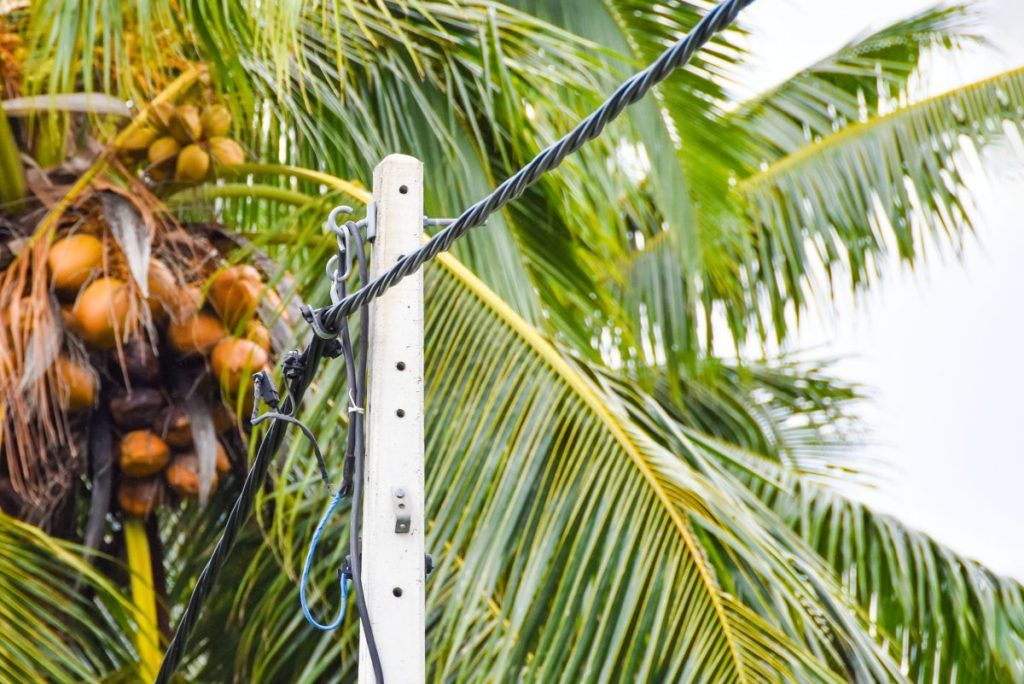 © FijiPocketGuide.com
© FijiPocketGuide.comFAQ About Voltage and Electrical Output Fiji
Still haven’t had your question about voltage and output in Fiji answered yet? Perhaps these frequently asked questions about voltage and electricity in Fiji will help!
How do Fiji islands get electricity?
Fiji’s electricity supply primarily comes from a mix of hydroelectric power stations and diesel generators. The country is actively working towards increasing its reliance on renewable energy sources like solar and wind power.
The main islands, Viti Levu and Vanua Levu, have a more consistent electricity supply, while smaller islands may rely on generators or solar panels.
Are Fiji’s plugs the same as New Zealand’s?
Yes, Fiji and New Zealand use the same type of plug. They both use the Type I plug, which has two flat pins in a V-shape as well as a grounding pin. This means that appliances from New Zealand can be used in Fiji without needing an adaptor.
Do US plugs work in Fiji?
No, US plugs typically don’t work in Fiji without an adapter. Fiji uses Type I power outlets, which have three flat pins in a triangular pattern. US plugs (Type A and B) have two or three flat parallel pins. To use your US devices in Fiji, you’ll need a power adapter.
It’s also worth noting that Fiji operates on 240 V, while the US uses 120 V, so you might need a voltage converter for some appliances. We recommend packing a universal travel adapter to ensure you can charge all your devices hassle-free during your Fijian adventure.
Is the Fiji plug the same as Australia?
Yes, Fiji uses the same Type I electrical outlets as Australia and New Zealand. These outlets have two flat angled pins and sometimes a third flat pin forming a triangular shape. This means that if you’re travelling from Australia or New Zealand, you won’t need an adapter for your electrical devices in Fiji.
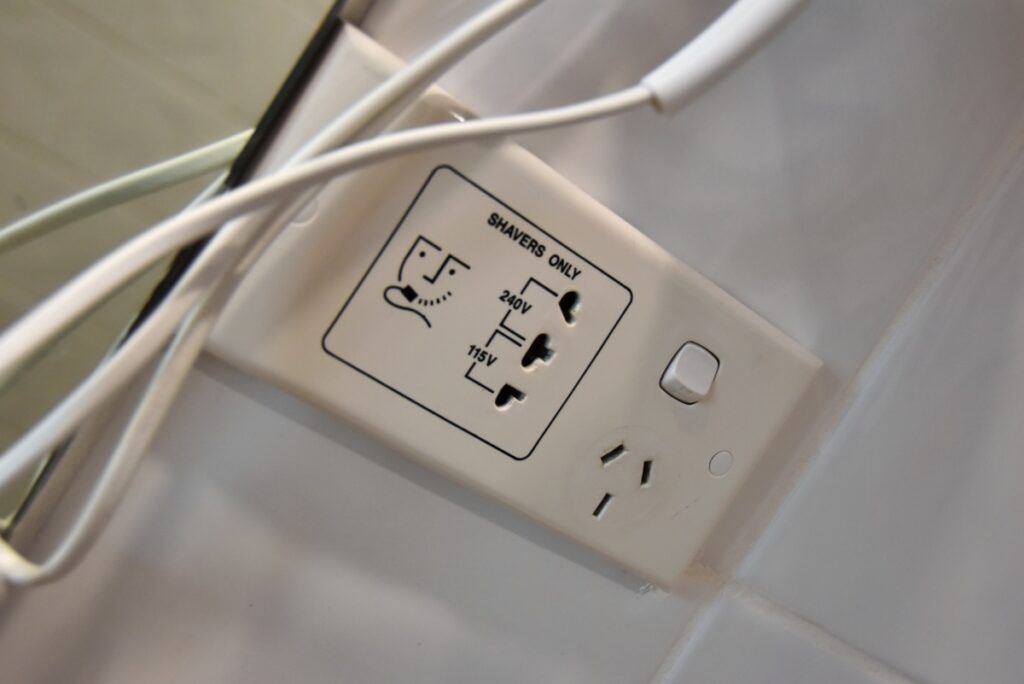 © FijiPocketGuide.com
© FijiPocketGuide.comCan I charge my iPhone in Fiji?
Yes, you can charge your iPhone in Fiji. Most modern electronic devices, including iPhones, have multi-voltage chargers that work with Fiji’s 240V power supply. However, you’ll need a Type I adapter if your charger has a different plug type. It’s always a good idea to check your charger’s voltage range (usually printed on the charger itself) before plugging it in.
Do you need an adaptor in Fiji?
If you’re travelling from a country that does not use the Type I plug, such as the UK, USA, or many European countries, you will need an adaptor in Fiji. The standard voltage in Fiji is 240 V, and the standard frequency is 50 Hz. Ensure that your devices are compatible with this voltage and frequency, or use a voltage converter if necessary.
What is the electricity point in Fiji?
The electricity points in Fiji are the Type I sockets, which are the same as those used in Australia and New Zealand. They are designed for plugs with two flat pins in a V-formation and a grounding pin. Most hotels and accommodations in Fiji are equipped with these types of sockets.
What voltage and frequency are used in Fiji?
In Fiji, the standard voltage is 240 V, and the standard frequency is 50 Hz. It’s important for travellers to check if their electronic devices can handle this voltage and frequency to avoid damage. Devices designed for 110-120 V typically need a converter in Fiji.
Is it safe to use electronic devices in Fiji?
Yes, it’s generally safe to use electronic devices in Fiji, provided you use the correct adaptor or converter for your device. Power surges and outages can occur, especially in more remote areas, so it’s advisable to use surge protectors for sensitive electronics.

More About Fiji’s Electrical Outlets, Power Plugs and Other Essentials
That’s it for the guide to Fiji’s electrical outlets and power plugs. Plan more essentials for your trip using the following guides:
- 5 Best Travel Adapters for Fiji
- The Complete Packing List for Fiji
- 20 Essentials You Need to Pack for Fiji
Finally, head over to The Complete Travel Guide to Fiji or get even more advice in our 30 Tips for Travelling in Fiji.
Sources:
The information in this guide has been compiled from our extensive research, travel and experiences across Fiji and the South Pacific, accumulated over more than a decade of numerous visits to each destination. Additional sources for this guide include the following:
- Tourism Fiji (General travel advice - Updated [2025])
- Fiji Immigration (Visa and immigration advice - Updated [2025])
- Fiji Revenue & Customs Service (Customs and visitor taxes - Updated [2025])
- Biosecurity Authority of Fiji (Biosecurity advice - Updated [2025])
- Fiji Meteorological Service (Weather forecast and warnings - Updated [2025])
- Fiji Bureau of Statistics (Statistics and travel data - Updated [2025])
- Ministry of Tourism and Civil Aviation (Tourism statistics - Updated [2025])
- Land Transport Authority (Road safety advice - Updated [2025])
- Safe Travel (New Zealand travel advisory for Fiji - Updated [2025])
- Smart Traveller (Australia travel advisory for Fiji - Updated [2025])
- Travel.State.Gov (U.S. travel advisory for Fiji - Updated [2025])
- SPTO (Pacific tourism advice - Updated [2025])
- Fiji Hotel and Tourism Association (Tourism trade association - Updated [2025])
Our editorial standards: At Fiji Pocket Guide, we uphold strict editorial standards to ensure accurate and quality content.

About The Author
Robin (Ruveni) C.
This article was reviewed and published by Robin, the co-founder of Fiji Pocket Guide. He has lived, worked and travelled across 16 different countries before settling in the South Pacific, so he knows a thing or two about planning the perfect trip in this corner of the world. Robin is also the co-founder of several other South Pacific travel guides and is a regular host of webinars with the South Pacific Tourism Organisation.



![Fiji Packing List: What to Pack for Fiji ???? [2025]](https://fijipocketguide.com/wp-content/uploads/2024/01/Packing-Bikini-Swimwear-Clothes-MUST-CREDIT-LINK-CookIslandsPocketGuide.com_-900x601.jpg)

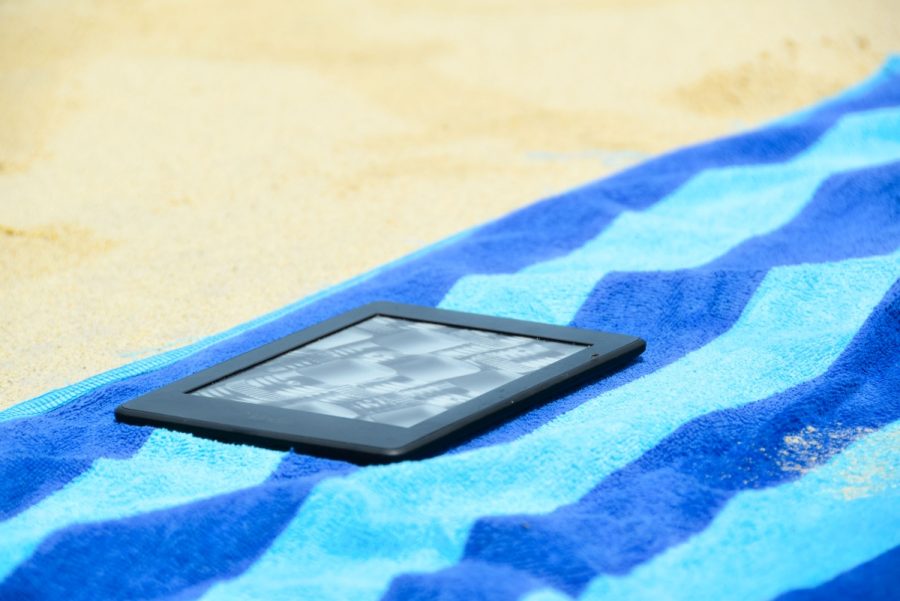
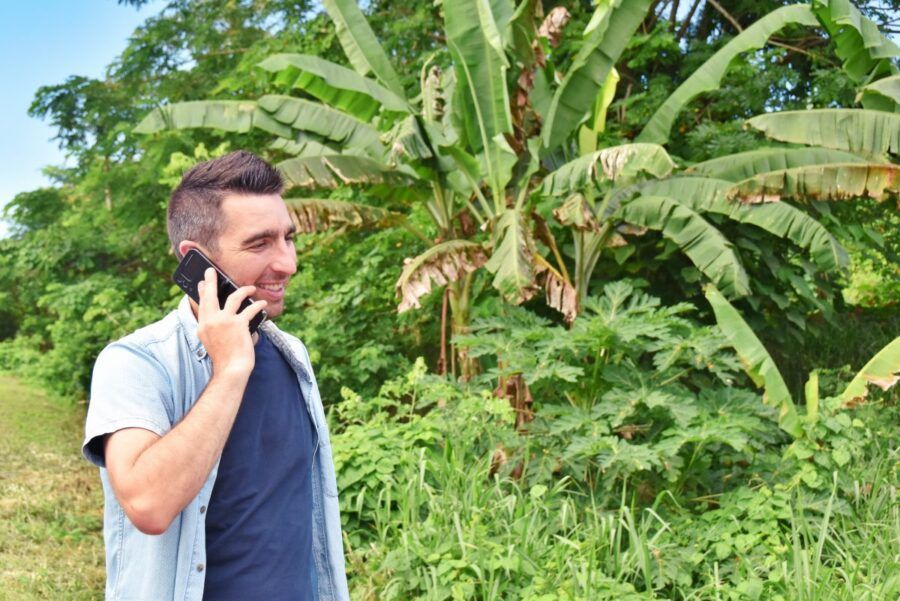
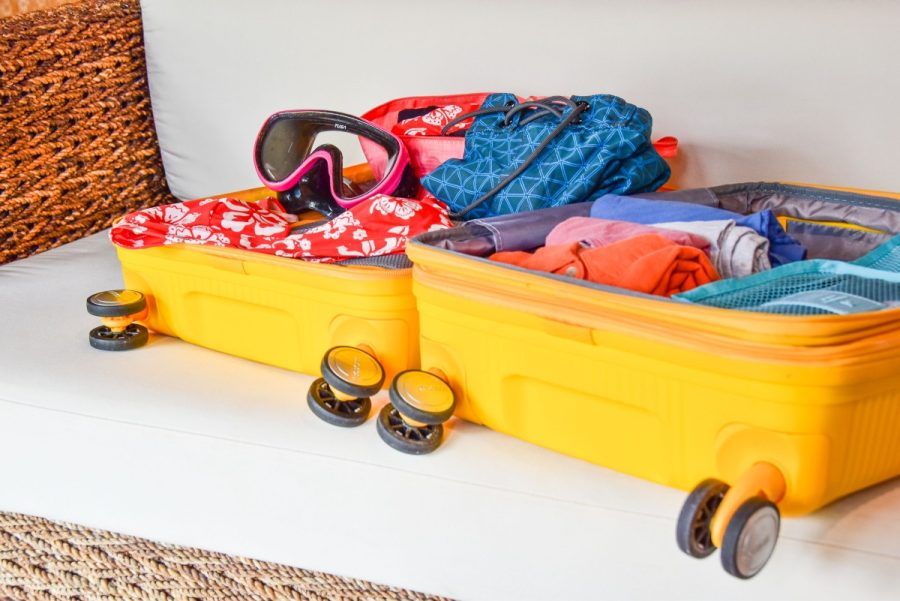

![How to Plan a Wedding in Fiji 💍 [2025]](https://fijipocketguide.com/wp-content/uploads/2019/11/Wedding-Banner-2-900x600.jpg)
